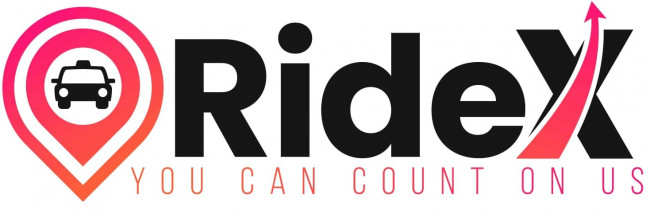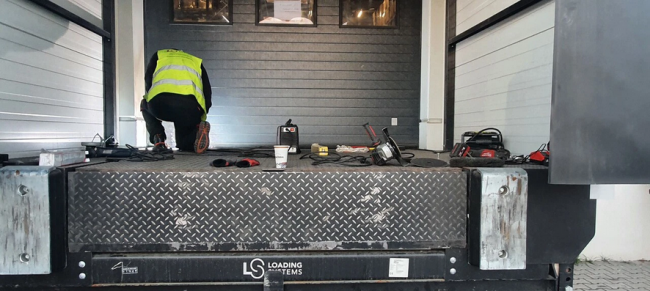
The financial and reputational stakes of a maritime disaster continue to rise each year. As a shipping company, it’s crucial to constantly enhance your safety planning, procedures, and records.
One of the most significant advancements in marine safety is predictive modeling. This approach allows you to identify and mitigate your highest risks effectively. With HiLo’s cutting-edge technology, implementing predictive modeling has never been easier.
What is Marine Risk Management?
Marine risk management focuses on identifying, analyzing, and mitigating potential hazards that may arise during maritime operations. This approach is essential for ensuring the safety of crew members, cargo, and the marine environment.
How to Improve Marine Risk Management
Early Issue Detection: Implementing Maritime Predictive Modelling can significantly enhance marine risk management. HiLo’s tools gather data to anticipate potential threats to your vessels and provide insights on how to prevent them.
Identifying High-Risk Areas: HiLo’s Risk Hawk utilizes port-based safety observations (like SIRE, CDI, and PSC) to foresee potential issues at specific ports.
Fostering Crew Collaboration: Ensure that shore-side staff and crew have access to the best communication technology. Encourage open discussions about safety concerns and near misses to identify issues before they escalate.
Prioritizing Safety: Leaders should emphasize safety throughout the organization, demonstrating a strong commitment to improving marine risk management.
Consistent Training and Procedures: Provide crew training focused on identifying, assessing, and mitigating risks, alongside procedures that minimize the likelihood of human error.
Developing a Risk Management Plan (RMP): Create a comprehensive RMP that includes procedures for identification, assessment, mitigation, monitoring, improvement, and review. Tools like HiLo’s Zenith can enhance risk assessment.
Ongoing Monitoring and Improvement: Continuously evaluate the effectiveness of your marine risk management practices at sea. Learn from incidents and near misses to drive improvements.
What is Maritime Predictive Modelling?
Maritime Predictive Modelling leverages historical data, real-time information, and advanced algorithms to forecast various aspects of shipping operations, ultimately enhancing marine risk management.
Key applications include:
- Ship Trajectory: Predicting future vessel positions by considering currents, weather, and planned routes.
- Weather Conditions: Forecasting wind, waves, and storms to optimize routes and avoid hazardous weather.
- Equipment Failure: Analyzing sensor data to foresee potential mechanical issues before they arise.
- Maritime Accidents: Identifying high-risk areas based on historical data and environmental factors.
Data Sources for Maritime Predictive Modelling
The key differentiator between modern Maritime Predictive Modelling and traditional safety management is the breadth of data available. While traditional approaches relied on individual incident reports, HiLo’s modeling utilizes extensive datasets from over 2,500 vessels, going beyond standard Incident Management Systems (IMS) to include:
- Vetting and Audit Data: Identifying potential inspection issues (SIRE, PSC) and spotting trends that highlight areas for improvement.
- Defect and Maintenance Data: Recognizing leading indicators, like minor leaks, which could lead to significant problems if not addressed promptly.
- Internal Data: Maintenance logs, audit reports, and crew observations that provide insights into overall vessel safety.
- Automatic Identification Systems (AIS): Offering real-time data on ship location, course, and speed.
- Weather Forecasts: Meteorological data on wind, waves, and atmospheric conditions.
- Sensor Data: Information on machinery health, fuel consumption, and environmental conditions.
- Historical Voyage Data: Records of past ship movements, weather patterns, and accidents.
How Maritime Predictive Modelling Enhances Marine Risk Management
Maritime Predictive Modelling allows for the early identification and prevention of risks. By analyzing maintenance data, potential failures can be highlighted before they occur, enabling proactive measures to address root causes.
Ultimately, this approach leads to:
- Enhanced Safety: Anticipating hazards like storms or equipment failures enables crews to take preventive actions, thereby reducing accidents and injuries.
- Optimized Routes: Understanding weather patterns and currents results in more efficient routes, saving time and fuel.
- Reduced Maintenance Costs: Predictive maintenance based on sensor data helps identify issues before they escalate.
- Lower Insurance Premiums: A solid risk management plan backed by predictive modeling demonstrates a commitment to safety, which can lead to reduced insurance costs.
Accuracy of Predictions in Maritime Predictive Modelling
The accuracy of Maritime Predictive Modelling is influenced by the volume of data utilized, the selected modeling techniques, the specific predictions being made, and the quality of the analysis.
HiLo ensures the reliability of its predictions through:
- Extensive, High-Quality Data: Our models are built on a vast dataset from over 2,500 ships.
- Rigorous Analysis: We employ statistical techniques from LR Energy Consulting, a leader in marine risk management.
- Expert Validation: Our models undergo peer review by specialists at Imperial College London and The Alan Turing Institute.
These factors contribute to HiLo’s predictive models achieving over 98% accuracy. While no model can be perfect, HiLo’s commitment to data quality and rigorous analysis ensures the most reliable predictions in the maritime industry.
How HiLo Can Enhance Your Marine Risk Management
HiLo’s maritime predictive modeling is transforming marine risk management. By leveraging our data and advanced algorithms, shipping companies can make informed decisions that enhance safety, efficiency, and profitability.
HiLo offers a suite of tools and services that streamline marine risk management processes, such as:
- Simplifying risk assessment procedures.
- Enhancing crew safety awareness.
- Ensuring compliance with regulations.
- Identifying and mitigating significant risks.
- Providing insights to prevent potential catastrophes.
HiLo’s tools can effectively manage, organize, and analyze large datasets through:
- Easy Data Processing: Drag and drop various data formats for straightforward uploads and standardization.
- Advanced Analytics: Pinpoint analyses across 2,500+ vessels to uncover valuable insights.
- Tailored Solutions: Address specific risks within your fleet.
Why Choose HiLo for Marine Risk Management?
HiLo’s comprehensive suite of tools and services empowers shipping companies to establish strong marine risk management practices, enhancing both safety and operational efficiency.
Our team of experts thoroughly analyzes your existing data, risk assessments, and processes to pinpoint vulnerabilities. This detailed evaluation allows for targeted improvements, ensuring that your operations remain resilient against potential threats.
As a result, HiLo clients have saved over $130 million in the past year by avoiding incidents, and we have successfully prevented more than 2,000 incidents across the fleet.
Don’t let data hold you back. Reach out to HiLo today to discover how we can elevate your marine risk management to new heights and safeguard your future.
















